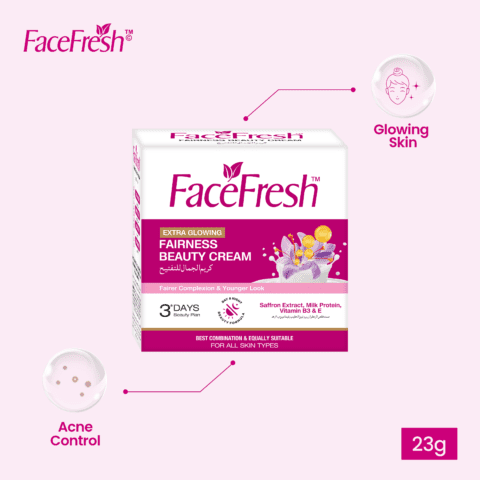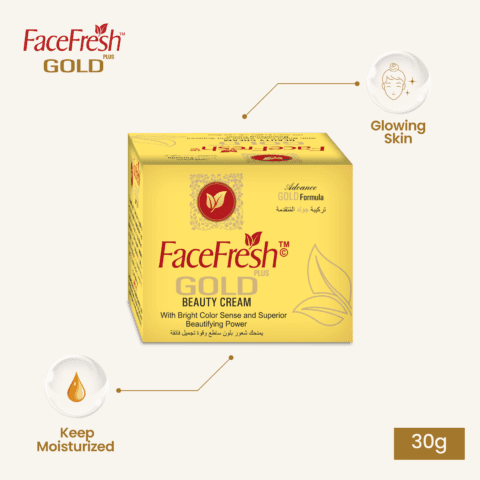Dark circles under the eyes are a common concern for many individuals. These under-eye shadows can make a person appear tired, older, and even affect their self-esteem. Understanding the causes, impact, and effective ways to banish dark circles is essential for those seeking solutions. In this article, we will delve into the world of dark circles, explore various prevention methods, home remedies, skincare products, makeup tips, professional treatments, and answer some frequently asked questions.
Introduction
Dark circles are the discoloration or shadows that appear under the eyes. They can range from mild to severe, and their presence is often associated with a tired or fatigued appearance. While dark circles can affect anyone, they are more prevalent in certain individuals due to a combination of genetic, lifestyle, and aging factors.
Understanding Dark Circles
Causes of Dark Circles
There are several reasons why dark circles may develop. Understanding these causes can help in devising effective strategies for banishing them.
Genetic Factors
Some people are more predisposed to developing dark circles due to their genetic makeup. The presence of darker pigmentation or thinner under-eye skin can contribute to the appearance of shadows.
Lifestyle Factors
Lifestyle choices can play a significant role in the development of dark circles. Lack of sleep, excessive stress, poor nutrition, and dehydration can all contribute to the prominence of under-eye shadows.
Aging Process
As we age, the skin loses elasticity and becomes thinner, making blood vessels more visible. This thinning of the skin and loss of fat and collagen can accentuate the appearance of dark circles.
The Impact of Dark Circles
Dark circles can have both psychological and physical impacts on individuals.
Psychological Effects
The presence of dark circles can lead to a negative perception of self-image, affecting an individual’s confidence and self-esteem. It can create a constant worry about one’s appearance and make people feel self-conscious.
Physical Manifestations
Apart from the psychological effects, dark circles can also manifest physically. Puffiness, inflammation, and dryness of the under-eye area are common symptoms experienced by individuals with dark circles.
Social Implications
Dark circles can give the impression of constant fatigue or illness, which can lead to misjudgments from others. This can affect personal and professional relationships, making individuals feel insecure and less approachable.
Prevention and Lifestyle Changes
While completely eradicating dark circles may not be possible for everyone, adopting certain preventive measures and lifestyle changes can help minimize their appearance.
Maintain a Healthy Sleep Schedule
Getting adequate sleep is crucial for overall health and well-being, including the appearance of the under-eye area. Aim for a consistent sleep routine of 7-9 hours every night to reduce the prominence of dark circles.
Stay Hydrated
Dehydration can make the under-eye area appear dull and accentuate dark circles. Ensure you drink plenty of water throughout the day to maintain optimal hydration levels and promote healthier-looking skin.
Protect Your Skin from the Sun
Excessive sun exposure can lead to hyperpigmentation and accelerate skin aging, making dark circles more noticeable. Always wear sunscreen and use protective eyewear to shield your under-eye area from harmful UV rays.
Reduce Stress Levels
Stress can take a toll on your physical and mental health, including the appearance of your skin. Incorporate stress-reducing activities such as exercise, meditation, or hobbies to help minimize the appearance of dark circles.
Incorporate a Balanced Diet
A well-balanced diet rich in vitamins, minerals, and antioxidants can contribute to healthier-looking skin. Include foods high in antioxidants, such as fruits, vegetables, and nuts, to support skin health and reduce the appearance of dark circles.
Home Remedies for Dark Circles
In addition to lifestyle changes, various home remedies can help reduce the appearance of dark circles.
Cold Compress
Applying a cold compress, such as a chilled spoon or cucumber slices, can help constrict blood vessels, reduce puffiness, and temporarily lighten the under-eye area.
Cucumber Slices
Cucumber slices contain antioxidants and have a cooling effect on the skin. Placing them over your eyes for about 15 minutes can help refresh and soothe the under-eye area.
Tea Bags
Used tea bags, particularly chamomile or green tea, can be placed on the eyes to reduce puffiness and dark circles. The natural compounds in tea have anti-inflammatory properties that can benefit the under-eye area.
Almond Oil
Massaging a small amount of almond oil under the eyes can help moisturize the skin, improve blood circulation, and reduce the appearance of dark circles over time.
Rosewater
Rosewater is known for its soothing and rejuvenating properties. Applying rosewater with a cotton pad on the under-eye area can help refresh and brighten the skin.
Skincare Products and Treatments
For individuals seeking more targeted solutions, various skincare products and treatments are available to address dark circles.
Eye Creams
Eye creams formulated with ingredients like vitamin K, retinol, hyaluronic acid, and peptides can help improve the appearance of dark circles by reducing puffiness, promoting collagen production, and lightening the under-eye area.
Retinol
Retinol, a derivative of vitamin A, is widely recognized for its anti-aging benefits. Regular use of retinol-based products can help thicken the skin, improve its texture, and diminish the appearance of dark circles.
Vitamin C Serums
Vitamin C serums are potent antioxidants that can help brighten and even out skin tone, including the under-eye area. Regular application of vitamin C serums can improve the appearance of dark circles over time.
Chemical Peels
Chemical peels are cosmetic procedures that involve applying a chemical solution to the skin to exfoliate and promote cell turnover. They can help improve the appearance of dark circles by stimulating collagen production and reducing pigmentation.
Laser Therapy
Laser therapy, such as fractional laser resurfacing or intense pulsed light (IPL), can target pigmentation and stimulate collagen production in the under-eye area. These treatments can help reduce the appearance of dark circles and improve skin texture.
Makeup Tips for Concealing Dark Circles
Makeup can be a valuable tool for concealing dark circles and achieving a more refreshed appearance.
Color Correctors
Color correctors in shades of peach or orange can counteract the bluish or purple undertones of dark circles. Apply a small amount of color corrector before concealer to neutralize the discoloration.
Concealers
Choose a concealer that matches your skin tone or is one shade lighter. Apply it with a small, dense brush or a makeup sponge in a triangular shape under the eyes, blending it gently for a seamless finish.
Setting Powder
To prevent creasing and ensure longevity, set your concealer with a translucent powder. Use a fluffy brush and lightly dust the powder over the concealed areas.
Application Techniques
Gently pat and blend the concealer with your ring finger or a sponge to avoid tugging or stretching the delicate under-eye skin. Dabbing motions will help achieve a natural and even coverage.
Choosing the Right Shade
Selecting the correct shade of concealer is crucial. Opt for a shade that matches your skin tone or is slightly lighter to brighten the under-eye area without looking too stark.
Professional Medical Procedures
For individuals looking for more advanced solutions, various medical procedures can help address stubborn dark circles.
Dermal Fillers
Dermal fillers containing hyaluronic acid can be injected into the tear trough area to add volume and diminish the appearance of dark circles. This non-surgical procedure can provide immediate results with minimal downtime.
Platelet-Rich Plasma (PRP) Therapy
PRP therapy involves drawing a small amount of the patient’s blood, processing it to isolate platelet-rich plasma, and injecting it into the under-eye area. PRP can stimulate collagen production and improve the overall appearance of the under-eye area.
Mesotherapy
Mesotherapy involves injecting a customized cocktail of vitamins, minerals, and other nutrients into the skin. This procedure can improve blood circulation, promote collagen production, and reduce dark circles.
Micro-needling
Micro-needling is a procedure that uses tiny needles to create controlled micro-injuries in the skin. It stimulates collagen production and allows for better absorption of skincare products, improving the appearance of dark circles over time.
Surgical Options
In severe cases of dark circles, surgical options like blepharoplasty or lower eyelid surgery may be considered. These procedures involve removing excess skin, fat, or repositioning tissues to achieve a more rejuvenated appearance.
Conclusion
Dark circles can be a common concern, but with the right knowledge and strategies, they can be effectively managed. By implementing lifestyle changes, utilizing home remedies, incorporating skincare products, employing makeup techniques, or considering professional treatments, individuals can banish under-eye shadows and achieve a more refreshed and youthful appearance.




Leave a comment
Your email address will not be published. Required fields are marked *